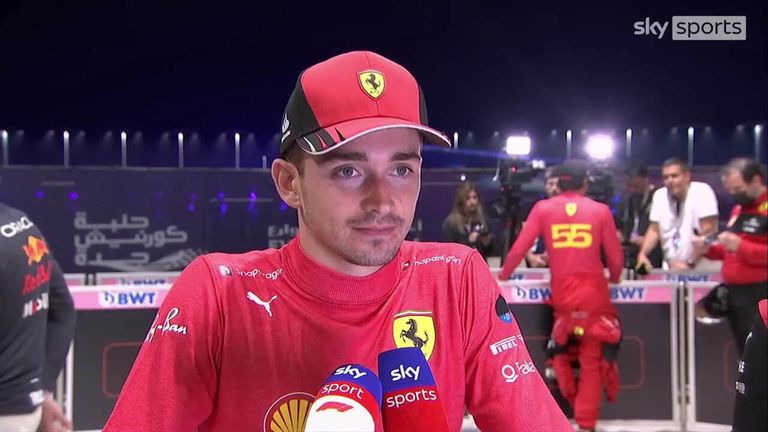Australian Grand Prix: Will a fourth DRS zone mean more overtaking at the new-look Albert Park?
This weekend's Australian Grand Prix in Melbourne will feature an unprecedented fourth DRS zone as organisers aim to create more overtaking opportunities on a circuit which has been modified for the 2022 race

Thursday 7 April 2022 06:12, UK
Since its introduction to the Formula 1 calendar in 1996, Melbourne's Albert Park has developed a reputation as a circuit which produces little in the way of overtaking opportunities.
An unusual combination of being a street circuit but with characteristics of a permanent racing venue, the home of the Australian Grand Prix has undergone a redesign ahead of the 2022 edition with input into that taken from the drivers.
The chicane at Turns 9 and 10 has been removed, turning that into a faster, sweeping bend and reducing the number of corners from 16 to 14, while other corners have been widened by between 2.5 metres and seven metres. The track itself has also been resurfaced for the first time since its inaugural Grand Prix was held there 26 years ago.
- F1's respectful rivalry? Why Max fights Leclerc differently from Hamilton
- What's gone wrong for Mercedes and Hamilton? Is there a 'quick fix'?
- Ferrari 'better prepared' for title fight against 'incredible' rivals
Yet the aspect of Albert Park which has created the most buzz is not so much the changes which have been made which are expected to see the cars lapping five seconds quicker, but the announcement this year's race will feature a record four DRS zones.
"I think with the new design at Albert Park, it's really focused on improving the racing, the spectacle on Sunday, to create more opportunities for overtaking," McLaren's Australian driver Daniel Ricciardo said ahead of his home race.
"It's a beautiful circuit but it's always been quite narrow and tight, and therefore quite tricky to overtake on.
"So, we've really tried to exploit some areas to allow more slipstreaming, to allow for more chances for overtaking under braking. So, I think it's going to be a different spectacle this time round."
As with the 2019 edition - the last Australian Grand Prix to be held prior to the Covid-19 pandemic which saw the 2020 race cancelled - there will be DRS zones in place on the start-finish straight, Turn 2 to 3, and what is now Turn 10 and 11 in the final third of the lap.
But the changes made in removing the old Turn 9 and 10 chicane mean an extra zone has been added in between the latter two, creating the potential for even more overtaking opportunities - something which will perhaps please the two early front-runners in Charles Leclerc and Max Verstappen.
The pair were engaged in a titanic duel last time out in Saudi Arabia which eventually saw Red Bull's reigning world champion prevail but hinged on the duo's tactics in the three DRS zones around the Jeddah Corniche Circuit.
"It's hard racing but fair," Ferrari driver Leclerc said afterwards. "Every race should be like this. It was fun, I'm of course disappointed, we wanted to win
"The second to last straight I was just part-throttle trying for Max to overtake me and for me to have the DRS. It worked once. then the second time he understood so he broke very early, and it was a bit of a mess.
"It was fun, I liked racing like this, and it was much easier to follow than I initially thought."
The addition of a fourth DRS zone at Albert Park comes three races into Formula 1's much-vaunted new era which has seen regulations introduced for 2022 which are designed to ensure closer racing between the cars.
That has certainly proven to be the case so far and the new regulations allied to an extra DRS zone should, in theory, lead to more chances for swapping positions throughout the field on race day in Melbourne.
This decision to add in a fourth zone is not without its controversy as critics will feel it moves the needle too much the other way in terms of making it too easy for drivers to overtake.
However, given that statistics released by Mercedes showed the 2019 Australian Grand Prix featured just 10 passing moves - seven of which came under DRS - then it is very much up for debate how much of a dramatically noticeable difference this and the modified circuit design will make.
Either way, Ricciardo is optimistic it will be a much improved spectacle for fans in attendance and those watching on television, although he concedes that will be down to him and his colleagues as much as anything else.
"We might not all be aligned but I think the purpose of this is to make the Sunday better," Ricciardo said. "I had that in mind when I gave my input.
"We obviously have to go there now and let our actions do the talking, but on paper I think there is promise with that."




